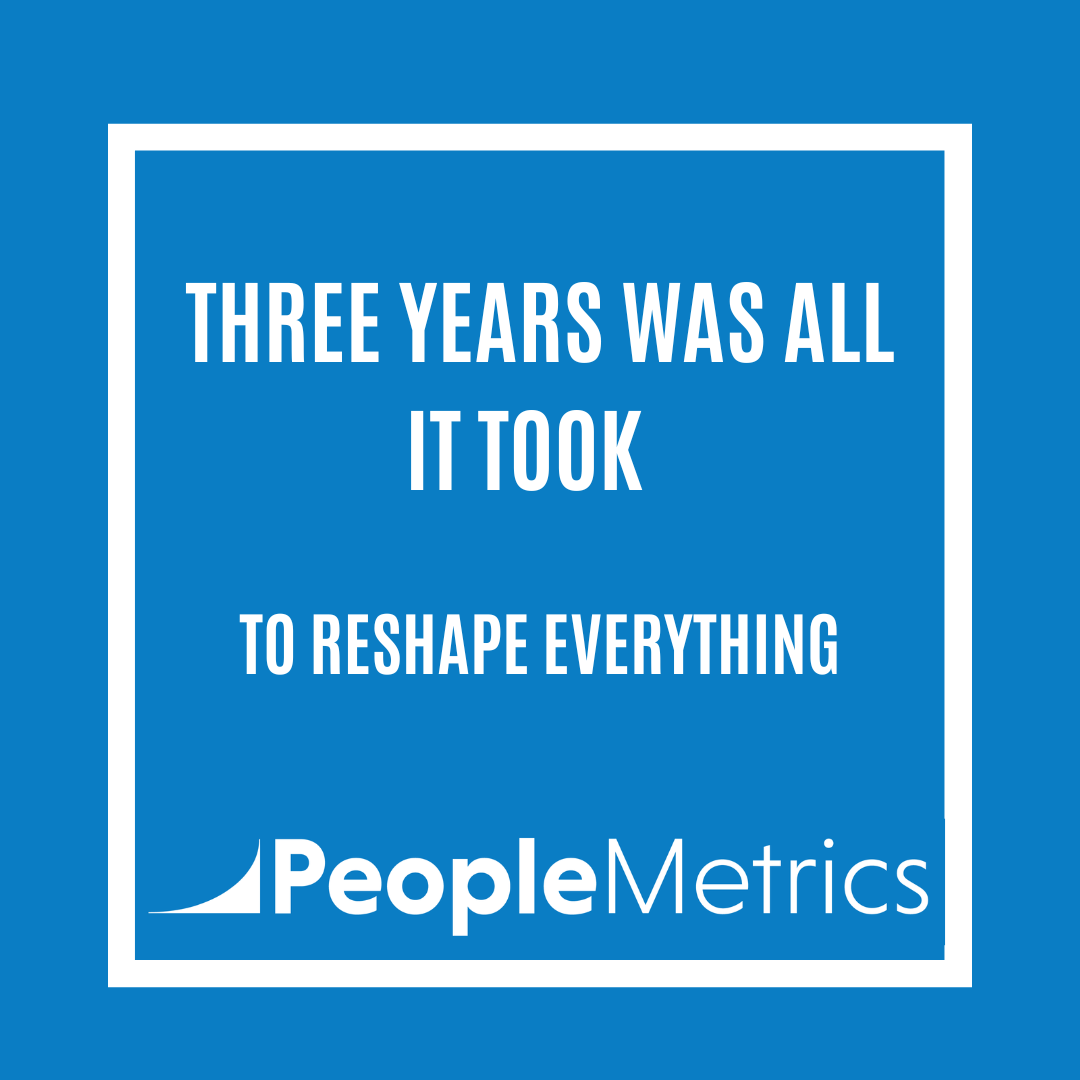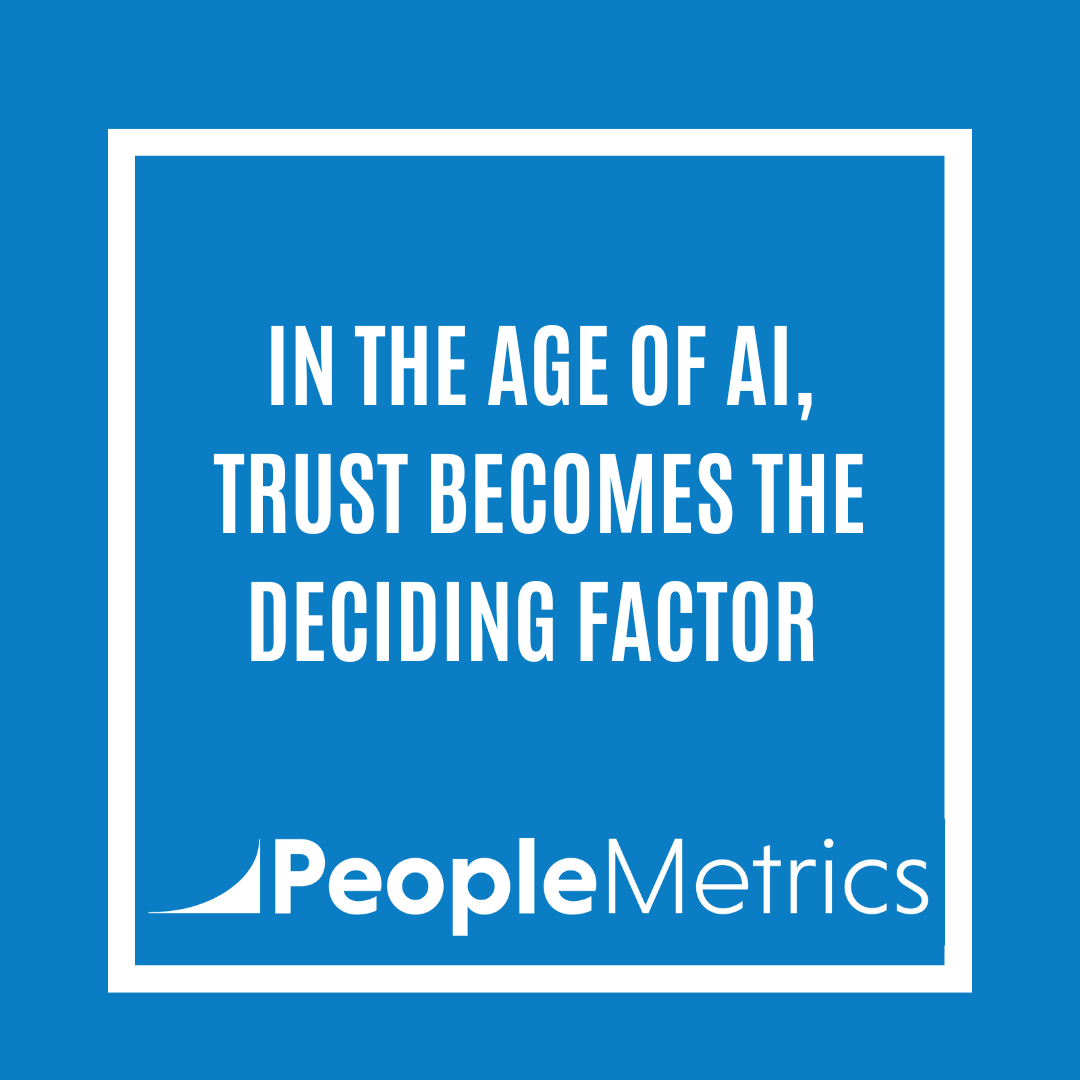 Is your organization customer-focused? This is a useful question anytime, but the recession of the last year has made your answer crucial. As the economy turns around, organizations with customer-centric cultures will be best equipped to take advantage of growing consumer confidence, as they will have the best understanding of the needs and wants of their audience. As Inc. magazine reported back in September, a few companies are actually growing in the recession. Some are forming new partnerships. Others are taking advantage of the talent in the marketplace and building a more effective workforce. In this post, we'll focus on a third route to recession success: developing new services that customers really want. For instance, a dry-cleaning company featured in the Inc. article is developing an online service to allow its customers to track when their dry cleaning order is ready.
Is your organization customer-focused? This is a useful question anytime, but the recession of the last year has made your answer crucial. As the economy turns around, organizations with customer-centric cultures will be best equipped to take advantage of growing consumer confidence, as they will have the best understanding of the needs and wants of their audience. As Inc. magazine reported back in September, a few companies are actually growing in the recession. Some are forming new partnerships. Others are taking advantage of the talent in the marketplace and building a more effective workforce. In this post, we'll focus on a third route to recession success: developing new services that customers really want. For instance, a dry-cleaning company featured in the Inc. article is developing an online service to allow its customers to track when their dry cleaning order is ready.
As Nadine Heintz's Inc. article shows, by devoting your energy to understanding customers now, you can position your organization to take full advantage of the eventual upturn. In other words, if you can successfully create a customer-centric organization, you can successfully generate sales to see you out of the recession.
Let's focus on two important variables in engineering a customer-centric organization: Customer Engagement and Employee Engagement.
Customer Engagement Management (CEM) is a customer-centric approach to recovering lost customers and acquiring new ones. By systematically researching how they interact with your products and services, CEM provides insight into the hearts and minds of your customers. It also provides your organization with tools for responding to customer concerns and triumphs in real time.
Although nearly any organization can improve Customer Engagement through CEM, we have found that Customer Engagement scores improve even further when organizations also use Employee Engagement Management (EEM). EEM practices create a healthy organizational culture so that your employees feel passionate about their work.
Customer Engagement
Generally, an engaged customer is one who enthusiastically supports a service or product. Customer engagement is more than just brand loyalty, in which customers are making brand-exclusive purchases. Instead, engaged customers are actively supporting the company and telling others about available products and services. In short, the key to a successful business is engaged customers -- people who zealously endorse what you do.
Unfortunately, companies often fail to recognize how their own procedures create apathetic customers. For instance, many organizations suffer from a lack of consistency regarding customer contact. Not only do they use multiple forms of media to communicate with their customers; they use multiple departments and personnel, too. Nothing is more frustrating for a customer than a system that requires him or her to have three different encounters with three different employees, each of whom tells them something different. It's easy to see why customers are willing to switch brands when faced with such poor customer service.
As customer-centric companies advocate for the customer throughout everything they do, a customer-centric organization wouldn't put its customers through such complex communication structures. A CEM solution for such a problem would begin with talking to customers to find out how they feel, ideally through statistically consistent market research. Before writing the customer questionnaire, leadership would identify customer touch points. After research had been completed, executives and managers would work with market researchers to determine which communication bottlenecks stand to impact customer engagement the most. Whichever area will specifically increase Customer Engagement would be given the most attention and resources.
CEM fosters a customer-centric culture because it helps you view your product or service as your customers do. Instead of relying on generalizations or stereotypes, CEM recruits actual customers to help you accurately visualize your product. By doing this, you'll remove the focus from "the company" and put it on the customer--exactly where it needs to be.
Employee Engagement
Whether they realize it or not, customers make most of their decisions based on their emotions--how they're feeling at a given point in time--which is why Employee Engagement is a second key ingredient in creating a customer-centric culture. If employees are engaged, their interactions with customers will be genuine, not mere lip service. Customers notice and are pleased with such sincere, enthusiastic service. As such, customer-centric organizations recognize that one of the major factors in generating Customer Engagement is Employee Engagement.
The first step in engaging employees is realizing that there is not a one-size-fits-all solution for every organization. Since every company's organizational culture is different, every company's employee engagement solution should look different as well. Your employees are unique, so your EEM solution should begin with asking them how you can help them feel engaged. By understanding your employees and tracking their engagement over time, you will be able to support them in interactions with customers.
In the end, CEM and EEM shift what your organization focuses on. And as countless motivational quotations proclaim, you become what you focus on. By creating a positive work environment for your employees through EEM and directing them to dedicate themselves to the customer through CEM, you can create a customer-centric approach to lift you out of the economic doldrums. As PricewaterhouseCoopers analyst Ken Esch states in the Inc. article mentioned above, "Companies can build a strong competitive advantage during a recession. Many successful businesses got that way because they made a strategic decision during difficult times."
~Monica Nolan, Account Manager
Top photo by Don Hankins.
Topics: Employee Experience, Customer Experience





